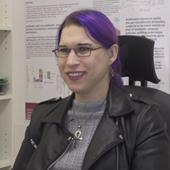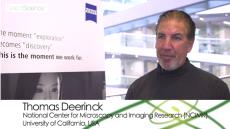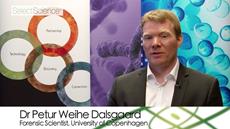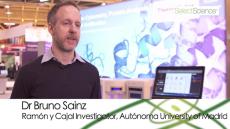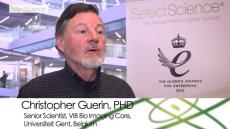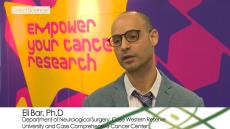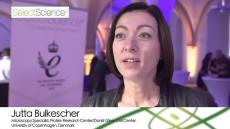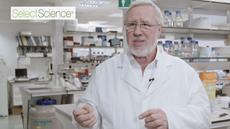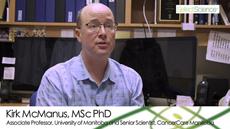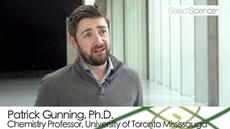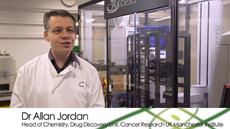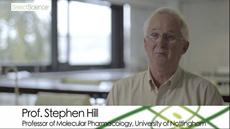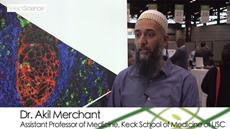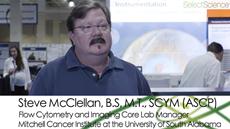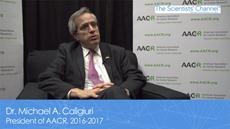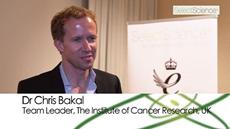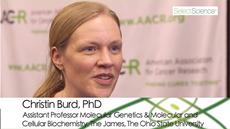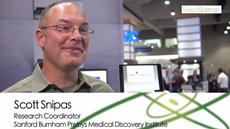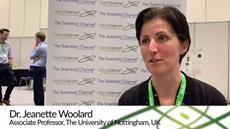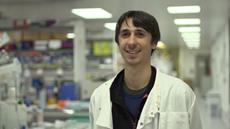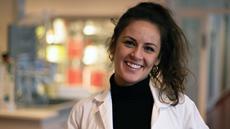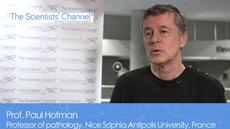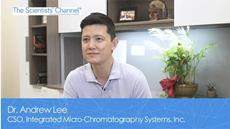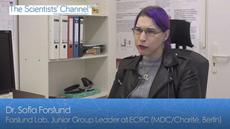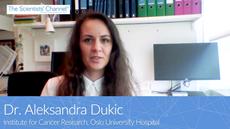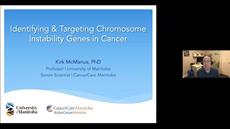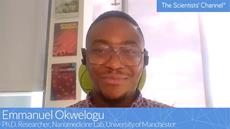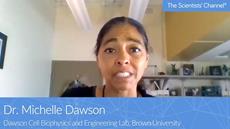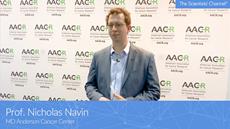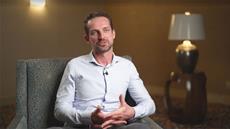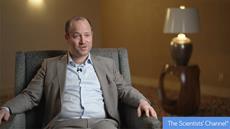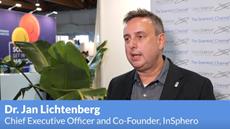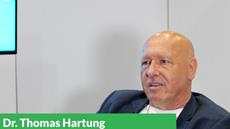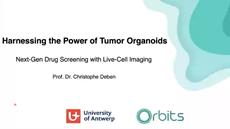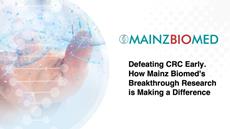- Partners for Progress in Oncology
- Accelerating Science Podcast
- Scientists' Choice Award® winners
- Blood testing
- Women in science
- SLAS
- Cell preparation, incubation & storage
- Microbiology & infectious disease
- Food safety & testing
- Cell culture
- Cancer research
- Cannabis testing
- Clinical laboratory diagnostics
- Mass spectrometry
-
More
Dr. Theodossis Theodossiou
Institute for Cancer Research, Oslo University HospitalPhotodynamic Treatment of Cancer
26 Mar 2019
Dr. Theodossis Theodossiou discusses his team’s cutting-edge research into curing cancer with photodynamic therapy (PDT). PDT is an exciting anti-cancer treatment, currently used clinically. It works by using light, a photo-activatable drug and oxygen to kill cancer, where the specificity of the treatment depends on which wavelength of light is applied. In this video, Dr. Theodossiou describes how his team are working to improve the efficiency and accuracy of PDT through a variety of methods.
Share this video
Theodossis' Videos
Featured technology
Related Scientists
-
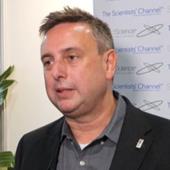
-
 Cell AnalysisEli Bar, PhD Department of Neurological Surgery, Case Western Reserve University, Ohio
Cell AnalysisEli Bar, PhD Department of Neurological Surgery, Case Western Reserve University, Ohio -

-
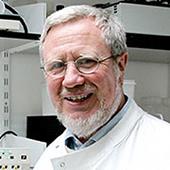
-
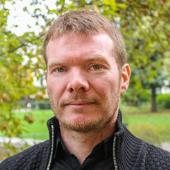
-
 Cell BiologyDr. Thomas Deerinck National Center for Microscopy and Imaging Research at the University of California, San Diego
Cell BiologyDr. Thomas Deerinck National Center for Microscopy and Imaging Research at the University of California, San Diego -
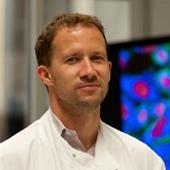
-

-
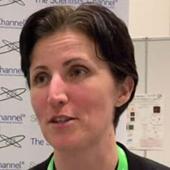 Cell AnalysisDr. Jeanette Woolard Faculty of Medicine & Health Sciences, The University of Nottingham
Cell AnalysisDr. Jeanette Woolard Faculty of Medicine & Health Sciences, The University of Nottingham -
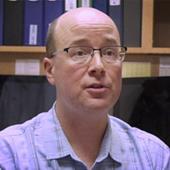 Cell AnalysisDr. Kirk McManus Department of Biochemistry and Medical Genetics, University of Manitoba
Cell AnalysisDr. Kirk McManus Department of Biochemistry and Medical Genetics, University of Manitoba -
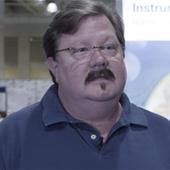
-
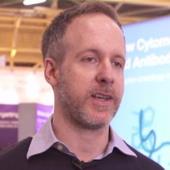
-

-
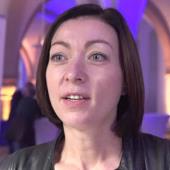 Cell BiologyJutta Bulkescher Center for Protein Research and Danish Stem Cell Center, University of Copenhagen
Cell BiologyJutta Bulkescher Center for Protein Research and Danish Stem Cell Center, University of Copenhagen -
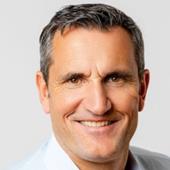
-
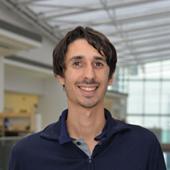
-
-
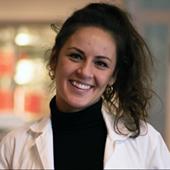
-
 Cell Analysis Cell BiologyDr. Michelle Dawson Brown University, Dawson Cell Biophysics and Engineering Lab
Cell Analysis Cell BiologyDr. Michelle Dawson Brown University, Dawson Cell Biophysics and Engineering Lab -

-
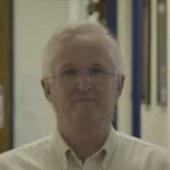 Cell AnalysisProf. Stephen Hill Faculty of Medicine & Health Sciences, The University of Nottingham Medical School
Cell AnalysisProf. Stephen Hill Faculty of Medicine & Health Sciences, The University of Nottingham Medical School -

-
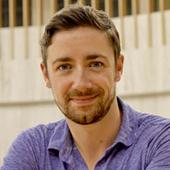
-

Related Content
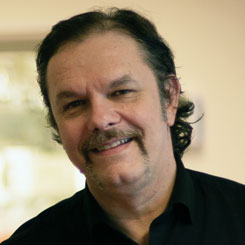
Dr. Theodossis Theodossiou
Institute for Cancer Research, Oslo University Hospital Institute for Cancer...Biography
Theodossiou is a team leader, senior researcher in project LUMIBLAST sponsored by FET open Horizon 2020 MoreDr. Theodossis Theodossiou
Institute for Cancer Research, Oslo University Hospital
Dr. Theodossis Theodossiou is a senior researcher, and project group leader in the area "Protonics" at the Institue for Cancer Research, Oslo University Hospital. His reasearch group is carrying out research on the use of ionising and non-ionising radiation as cancer therapeutics The main aim of the PROTONICs team is the combinatory use of ionising radiation-based therapies like Proton Therapy and/or Neutron Capture Therapy, together with light based therapies, like Photodynamic Therapy (PDT) or Photochemical Internalisation to achieve a breakthrough anticancer strategy. This multifaceted effort also employs the use of cancer-specific nanoparticles, the use of innovative intracellular light sources for PDT, the interplay between various reactive oxygen species and the use of the cancer cells’ own devices to defeat them. The team further specialises in mitochondrial bioenergetics, the effect of various assaults (chemical, photochemical or radiative) on the mitochondrial respiration and the consequent interplay between respiratory and glycolytic cell metabolism. Our niche is the design and exploration of novel high risk – high gain experimental therapeutics, including not previously envisaged or anticipated strategies. Our activities are currently supported by local (Helse Sor Ost) as well as European funding (Future and Emerging Technologies and Euronanomed).



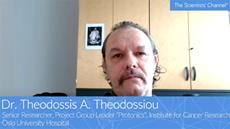
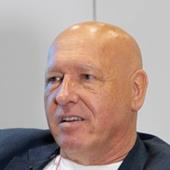
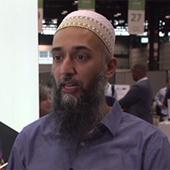
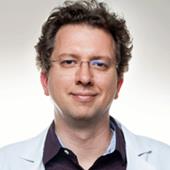
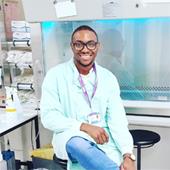


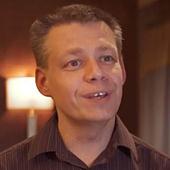
-sm.jpg)

